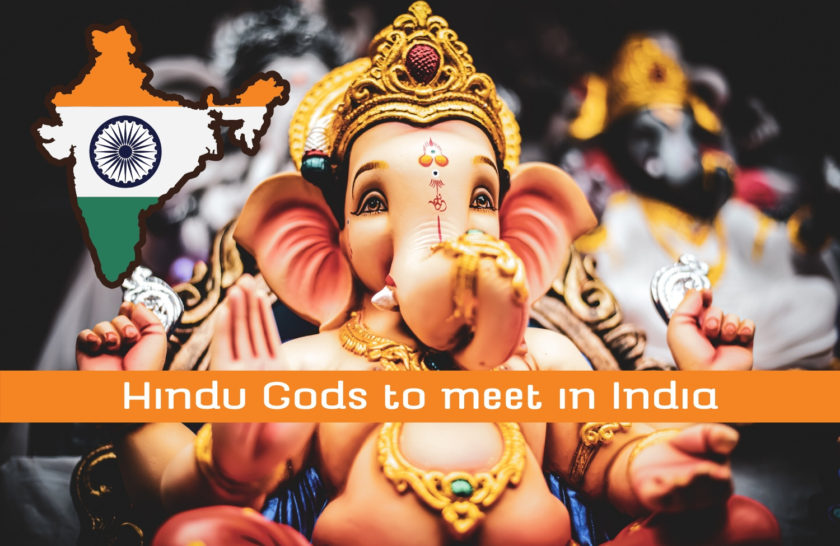
Hinduism is the world’s oldest religion and has over one billion followers. This makes it the 3rd largest religion in the world by population after Christianity and Islam.
Eighty percent of India’s population are Hindus, so any trip to India is deeply enhanced by learning more about this incredibly long and fascinating religion. However, I think it’s fair to say that learning about Hinduism can be rather confusing too, some people even say it’s not a religion and more a way of life.
Hinduism differs in a very distinct way to other religions because it’s the only one not to have a founder. Christianity was founded by Jesus, Islam by Mohammad, Buddhism by Buddha and this difference is why Hinduism is often regarded as a way of life. Essentially, it was a culture which flourished and evolved into a religion.
It comprises of a broad range of philosophies, beliefs, rituals, traditions, and obligations, but in this post I’m going to focus on one area: the gods and goddesses. The first thing to know is there are LOTS of gods – some sources claiming up to 300 million – so I’m only going to highlight a few, and also include which temples you can visit in India which are dedicated to the ones in this list.
Brahma | the Creator
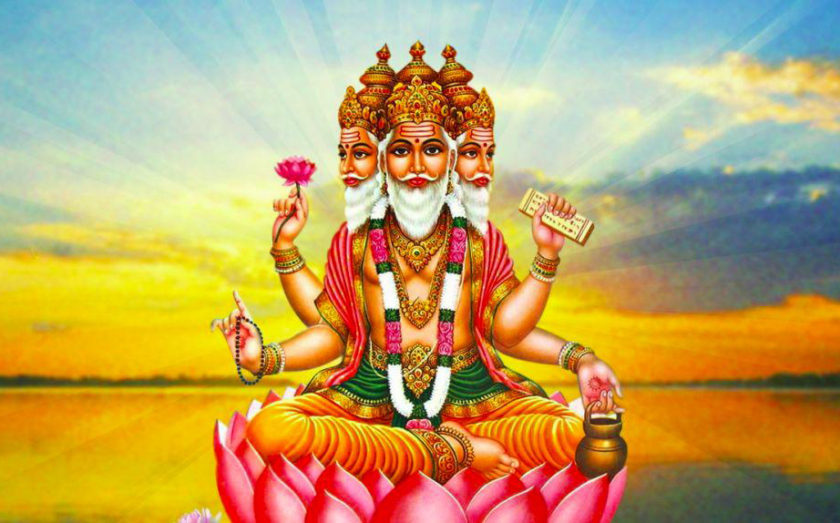
Brahma is the first member of the Hindu Trinity and the god responsible for the creation of the world and all living things. He is traditionally depicted with four arms and four faces pointing in cardinal directions while sitting on a lotus flower. The number four is significant to Brahma, as it is said to represent the four Vedas (Hindu scriptures).
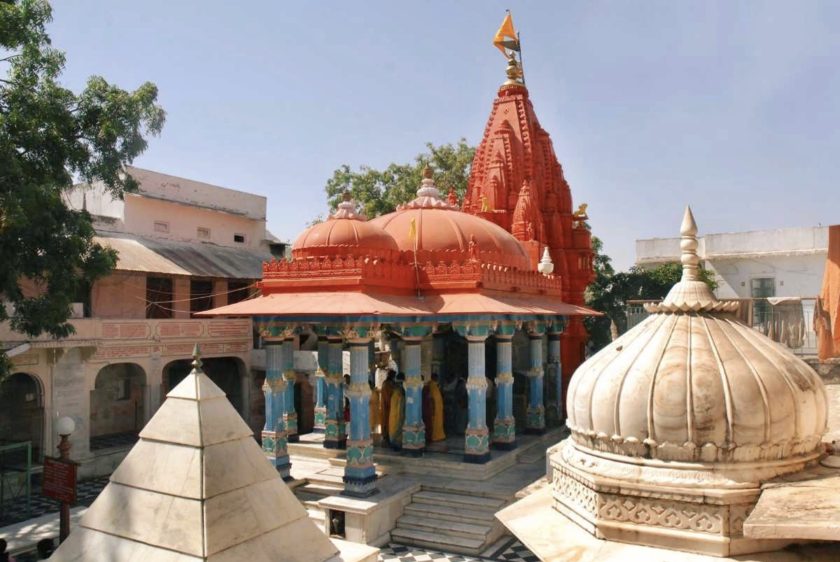
Brahma Temple to visit
Despite being the creator, surprisingly there are very few temples dedicated to Brahma compared to other gods like Vishnu and Shiva.
There’s not a definitive answer for why, but one reason is worshipping the creator is less important because it’s a one time job, so to speak. In contrast, Hindus have to worship Vishnu for their well-being in life and Shiva for a peaceful death.
The most famous Brahma temple is Jagatpita Brahma Mandir situated on the banks of Pushkar Lake in Rajasthan. Due to the rarity of Brahma temples, it’s considered very important (many claim this is the only one in the world but this is false, there are said to be six in India and a few more in other countries).
Vishnu | the Preserver
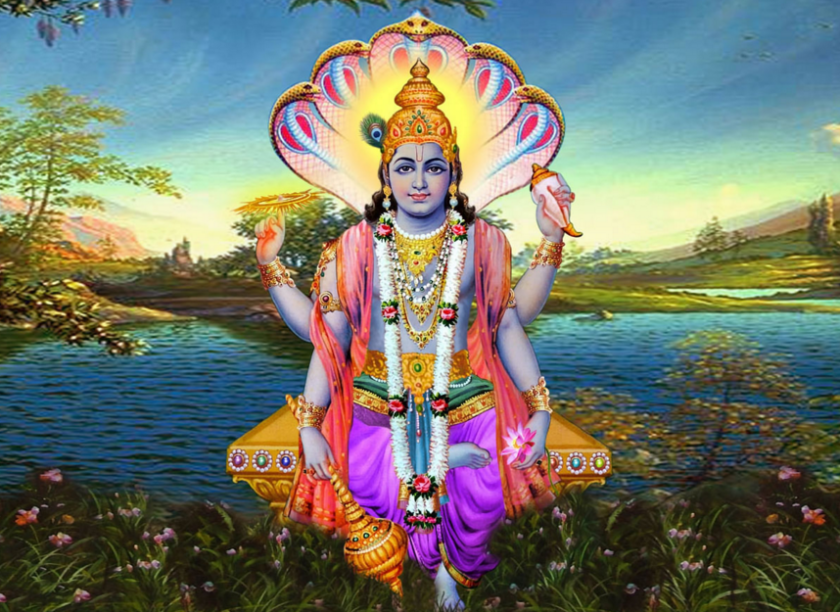
Vishnu is the second member of the Hindu Trinity. Lord Vishnu descends on earth to destroy evil and empower goodness. He is usually depicted with dark blue or black skin with a garland of flowers around his neck. His four arms are his most distinct feature, each hand carries a different object: a conch, lotus flower, discus and a mace.
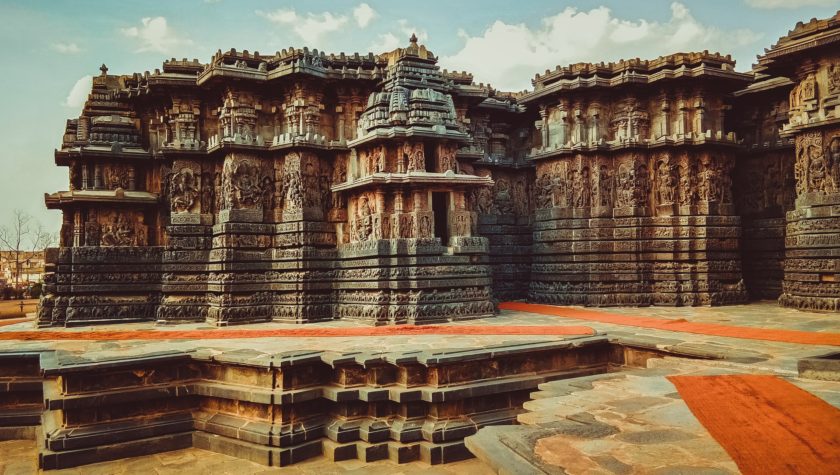
Vishnu Temple to visit
One of the famous Vaishnava Hindu temples is Chennakeshava Temple in Karnataka, Southern India (Chenna means beautiful and Kesava refers to Lord Vishnu).
The architecture of this 900-year old temple shows the fine skills of the tool-bearers during the Hoysala dynasty. Not only do the stone carvings display beautiful art and craftsmanship, they tell elaborate stories from India’s ancient scriptures. The intricacy of the carvings show why it took one hundred and three years to complete.
Shiva | the Destroyer
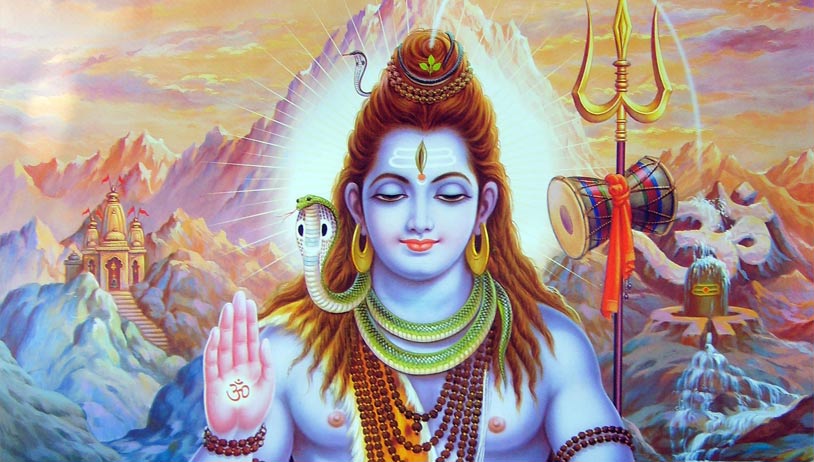
Shiva is the third member of the Hindu Trinity and is one of the most powerful gods. He is tasked with destroying the universe in order to prepare for its renewal at the end of each cycle of time. Shiva’s destructive power is regenerative: It’s the necessary step that makes renewal possible.
Shiva is usually depicted with a serpent around his neck, the moon and the holy river Ganges flowing from behind his matted hair, and a third eye on his forehead. He also holds a trident with a drum attached to it. The drum is known as a damaru, and when played, it is believed to generate spiritual energy. Sometimes Shiva is also represented as the cosmic dancer, Nataraja.
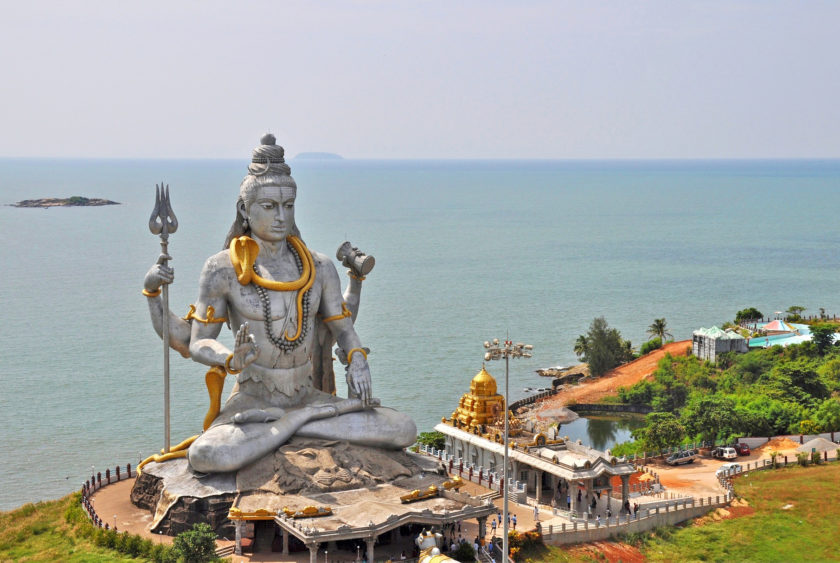
Shiva Temple to visit
Murudeshwar is home to the second biggest statue of Lord Shiva in the world at about 123-feet tall. It is picturesquely situated overlooking the Arabian Sea.
It was built by Shivamogga’s Kashinath and other sculptors and took two years to finish. The life size statues of God’s and demons around the Shiva statue are also worth seeing. The sun chariot, Geetopadesha and the Lord Ganesh sculpture dot the landscape of the Kanduka Hill too.
Ganesh | the Remover of Obstacles
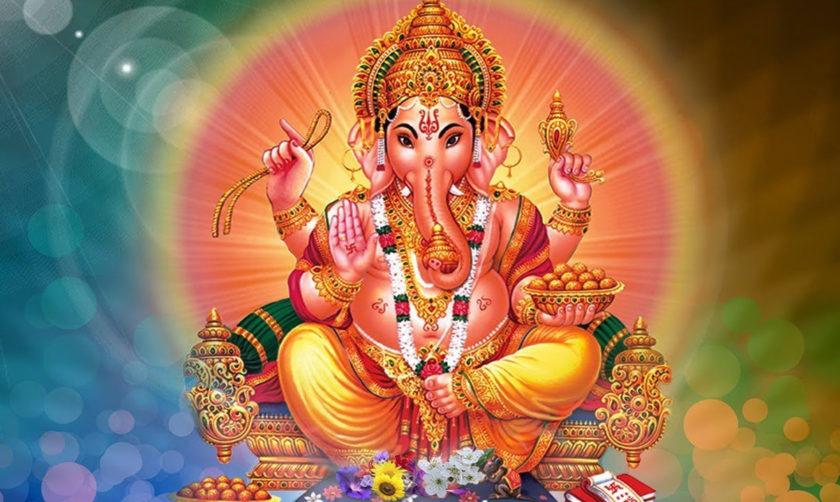
I’m quite sure you will have seen an elephant depicted in Indian artwork and wondered what it was all about. Well, meet Ganesh, Shiva’s first son. Ganesh is the easiest god to identify for obvious reasons and he occupies a very special place in the hearts of Hindus because they consider him the Remover of Obstacles. He’s the god you’ll pray to before your exam, starting a new job, martial issues and pretty much any difficult situation you need help solving.
He is one of the most loved gods, and most Hindu households have a picture or statue of him, and it’s not uncommon to see small replicas of Ganesh hanging from rearview mirrors of cars and truck!
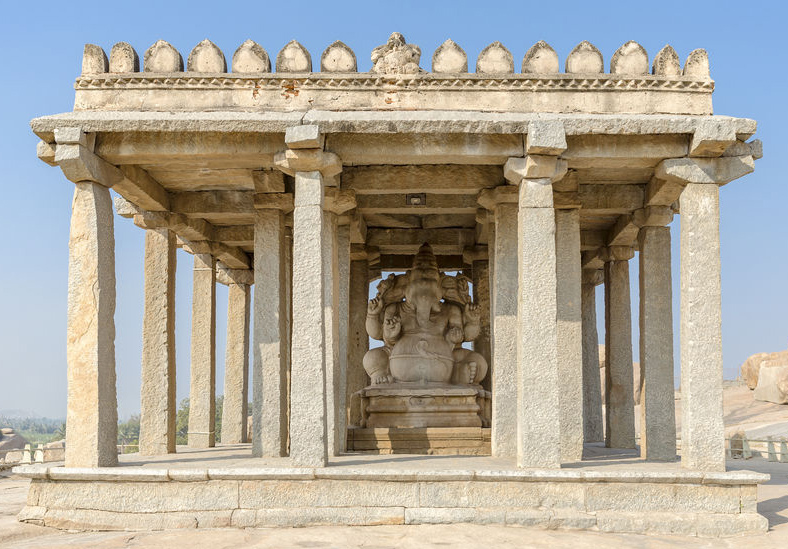
Ganesh Temple to visit
Ganesh is one of the most widely worshipped deities in India, regarded by millions with love and adoration, so temples to this beloved god are abound. One of the most striking temples dedicated to Ganesha is Sasivekalu Ganesh Temple in Hampi, Karnataka. Hampi is a UNESCO World Heritage Site, known for its magnificent stone temples, one of which is Sasivekalu Ganesh temple, built in 1506 AD and carved from a single block of rock.
This particular depiction of Ganesh is rather amusing. According to Hindu mythology, Lord Ganesh is known for his love for food. In one story, Ganesh consumed an obscene amount of food and his stomach was on the verge of bursting. Finding no other option to stop his stomach from exploding, Ganesh caught hold of a snake and tied it around his stomach in order to prevent it from bursting open and you can see the snake illustrated in this statue!
Kali – The Dark Goddess
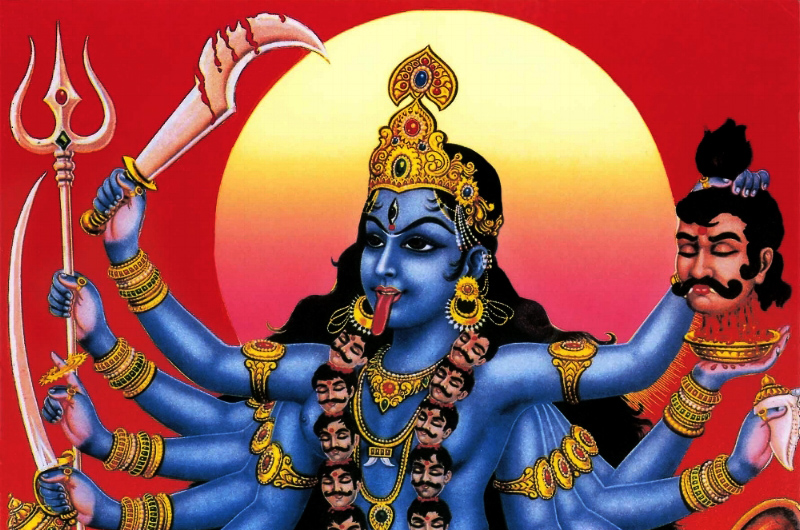
Wild and naked apart from elaborate gold jewellery. The goddess Kali demands your attention. But the oddities don’t just stop there – Kali is usually presented with her tongue sticking out and holding the severed head of a man in one hand.
In many ways, Kali represents the paradox in humans; uncontrolled, destructive and uncontainable; while also being the ultimate mother figure, protector, and liberator.
The severed head is said to belong to Shiva who represents the ego. In other words, Kali’s role is to slay humanity’s greatest enemy – the ego.
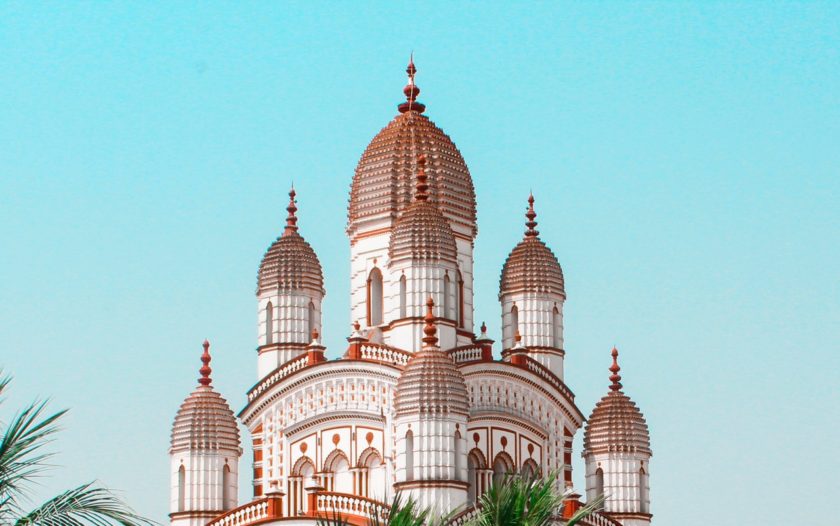
Kali Temple to visit
One of the most striking temples dedicated to Kali is Dakshineswar Kali Temple in Kolkata, West Bengal.
One of the largest temples of Kolkata, built in Nava Ratna style, the temple is an architectural marvel. The 12-spired temple with a massive courtyard is flanked by 12 small temples of Lord Shiva along the bank of river Hooghly, which is an arm of the Ganges River.
Surya | the Sun
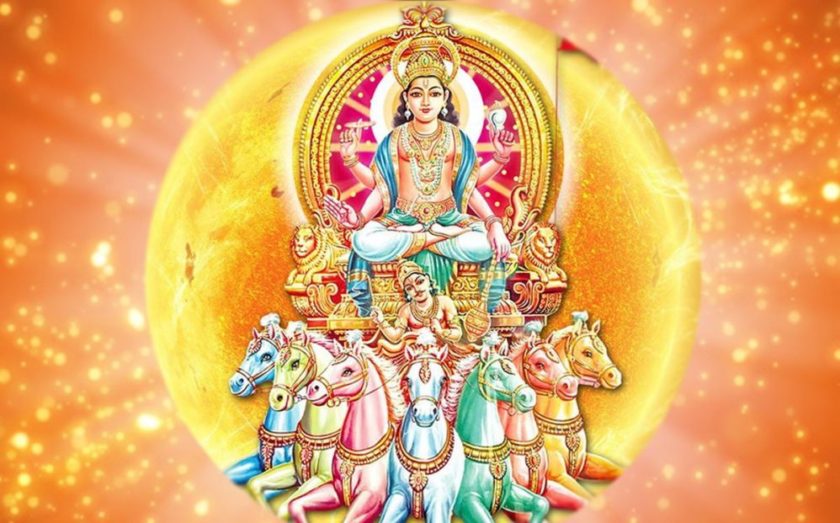
Surya is the main solar deity in Hinduism. He is also commonly referred to as the Sun. Surya’s iconography is often depicted riding a chariot that is driven by Aruna and pulled by horses, each representing one of the seven days in a week.
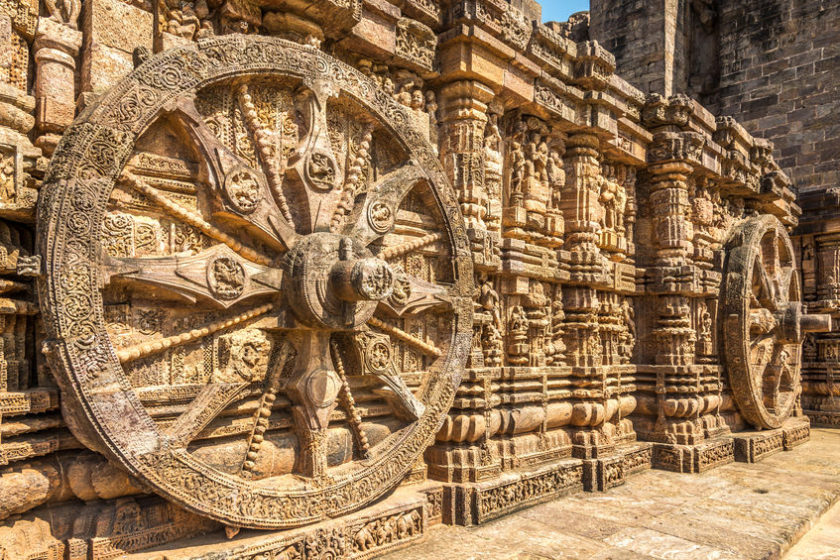
Surya Temple to visit
There are numerous temples and shrines dedicated to the Surya, and Konark Sun Temple in Odisha is the most famous. Not only is it a UNESCO World Heritage Site, it was named among the Seven Wonders of India in a poll conducted by NDTV.
Konark was intricately carved from stone in the form of a giant chariot dedicated to the movement of the sun personalised as rising in the east and traveling rapidly across the sky in a chariot drawn by seven horses: Gayatri, Brihati, Ushnih, Jagati, Trishtubha, Anushtubha, and Pankti and two goddesses representing the dawn: Usha and Pratyusha and twelve wheels of the chariot to the months of Hindu calendar.
The intricacy of this temple is mind-bloggling. Hard to believe it was created by humans, eh?
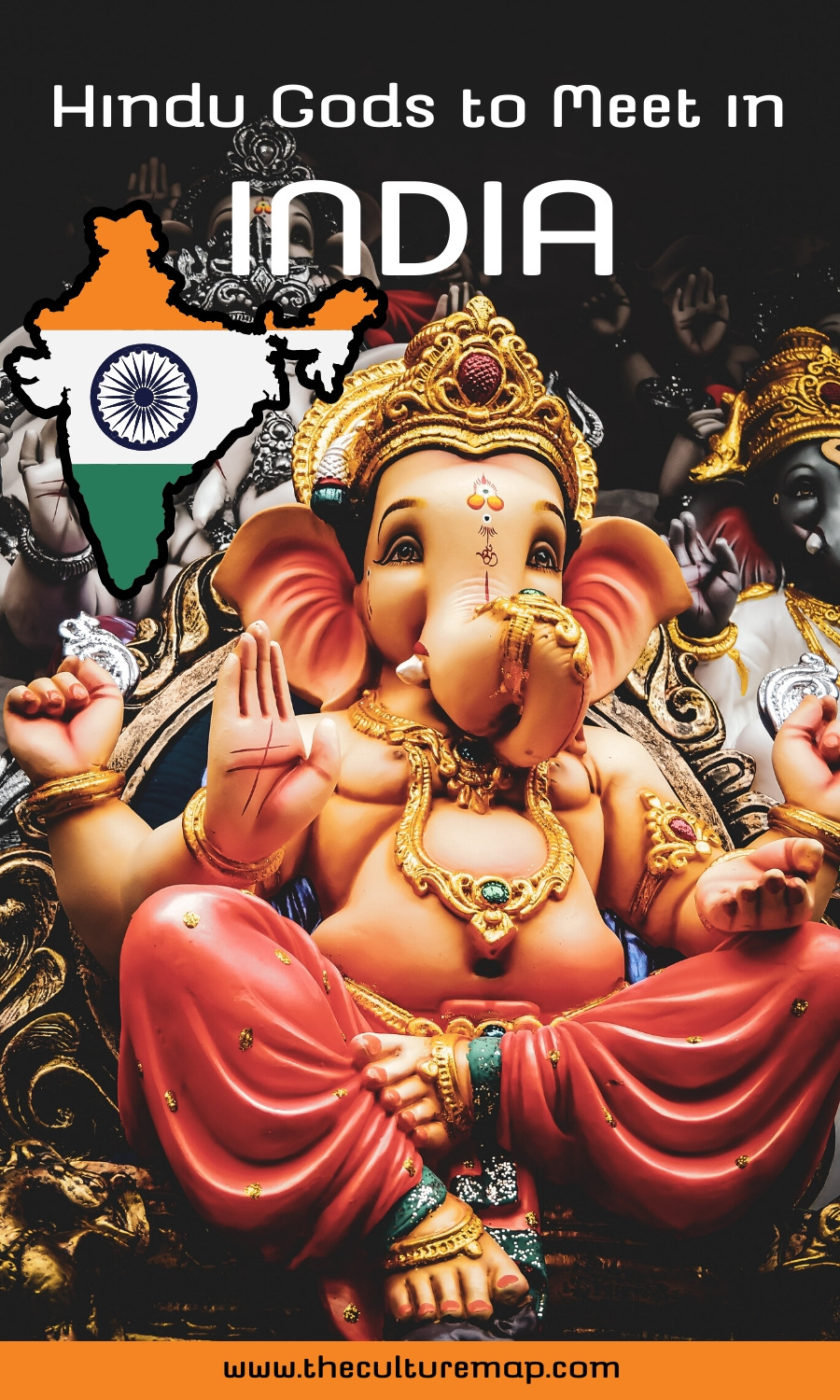


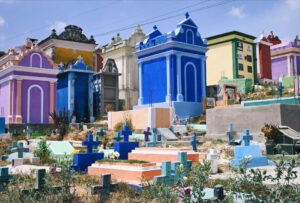
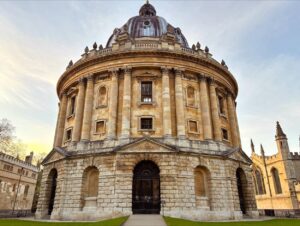

One Response
Nice info. This is a very impressive and colourful post. It clarified things a lot for us. Thanks for sharing these valuable gods.